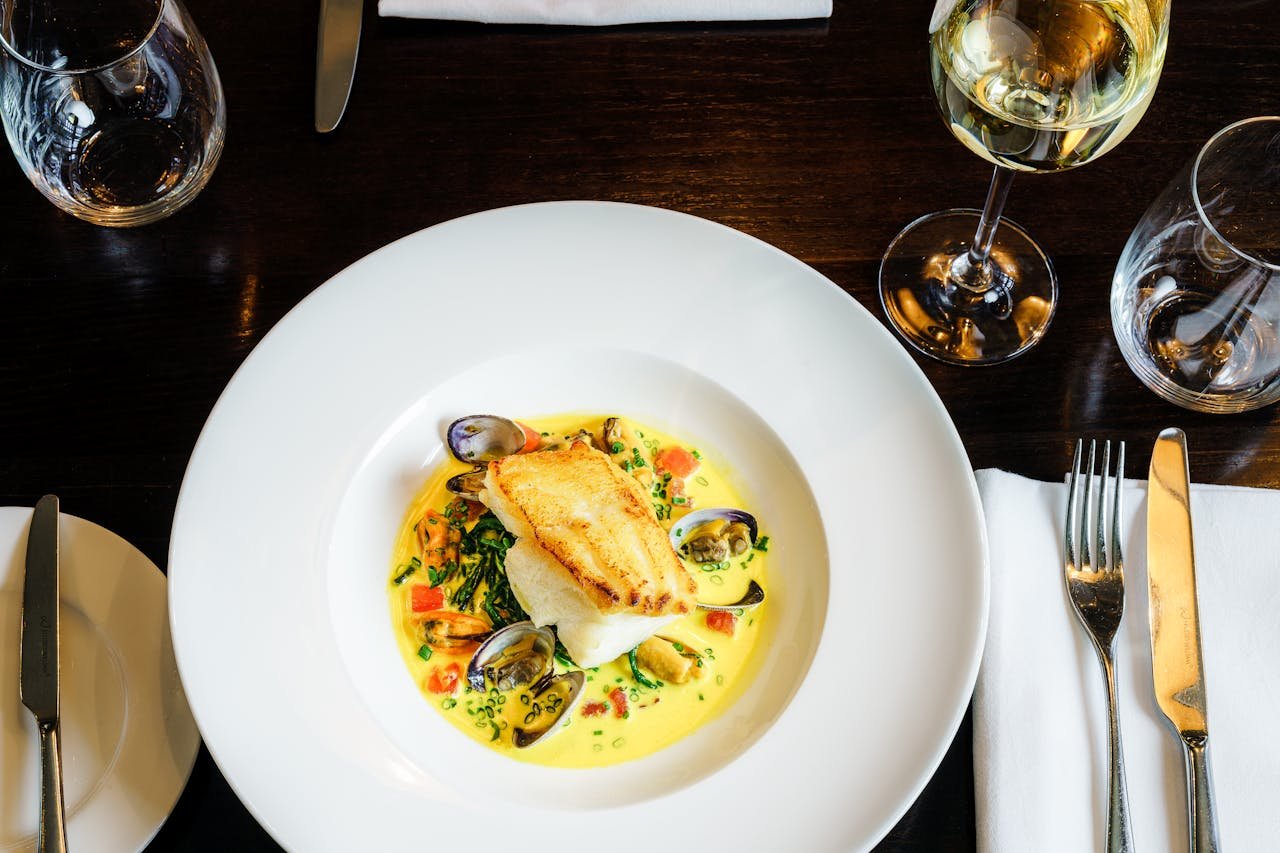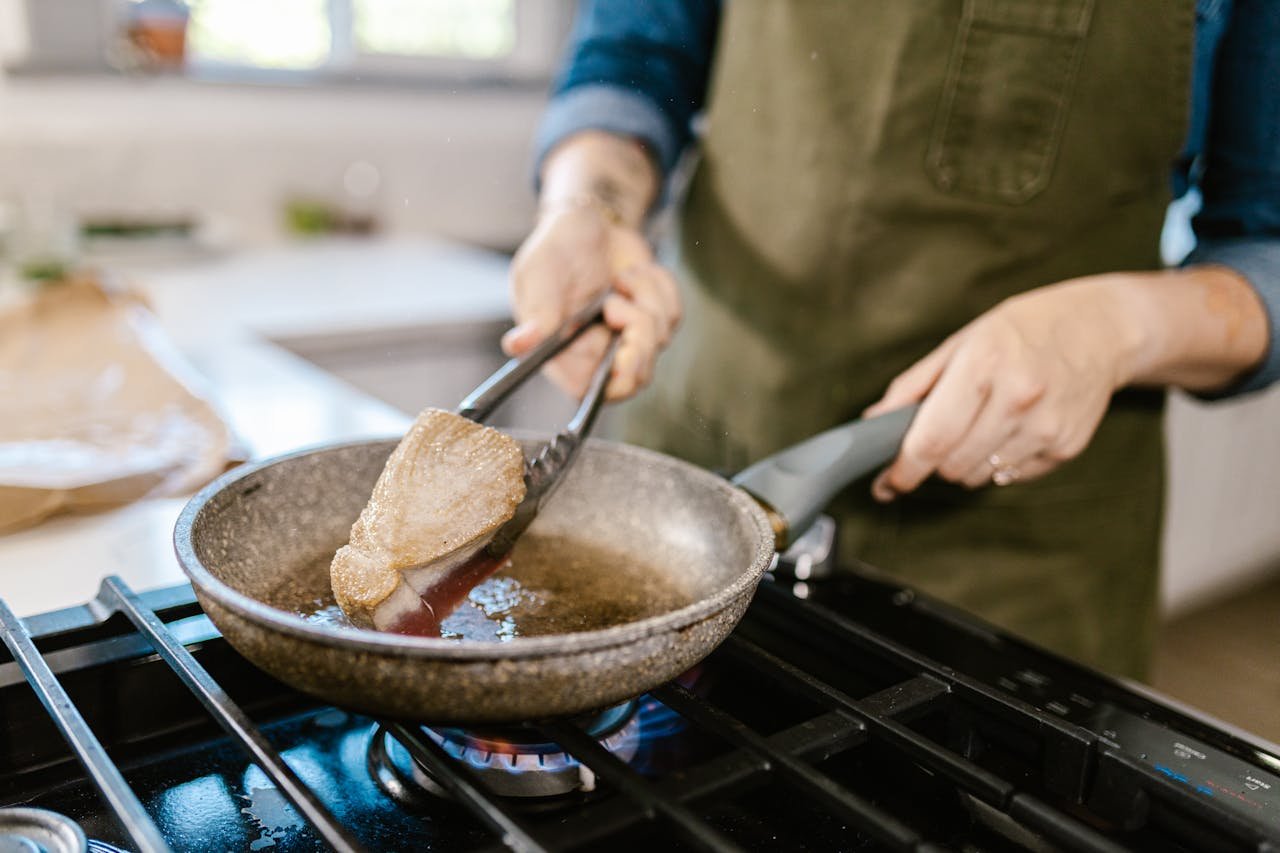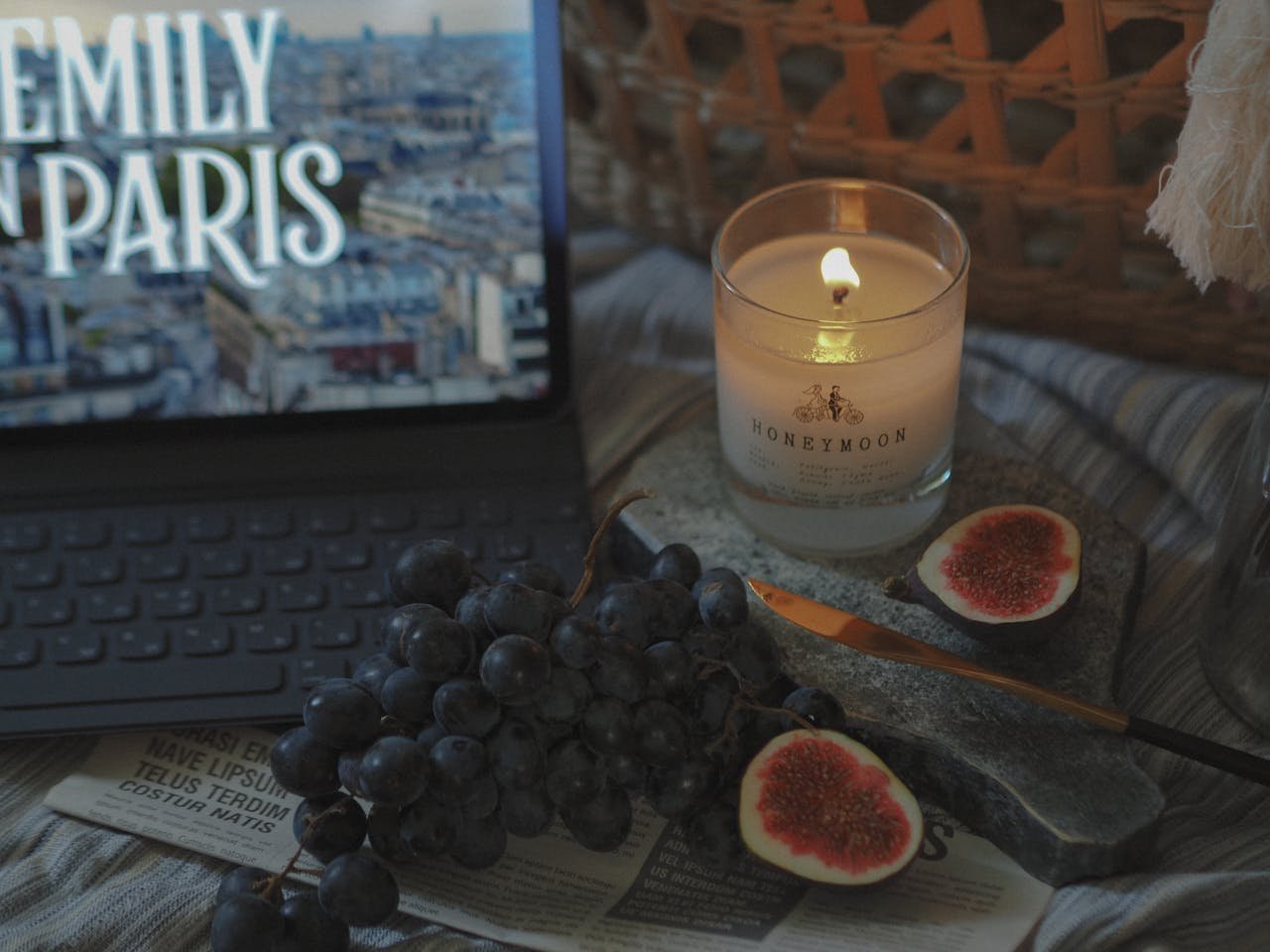Why French women don’t get fat is a question many have pondered. Walk down any Parisian street and you’ll spot women enjoying bread, cheese, and wine while staying surprisingly slim. In fact, it’s enough to make anyone jealous! After watching locals and chatting with French friends, their everyday habits reveal why they stay thin without trying. Let’s explore the principles of the French paradox that keep these women effortlessly slim.
They Eat Real Food
French women grab actual food, not fake diet stuff:
- Butter that comes from cows, not labs
- Bread baked that morning, still warm sometimes
- Stinky cheese that’s been aged properly
- Meat from butchers who trim it by hand
- Veggies with dirt still stuck to the leaves

Obviously, nobody’s scanning packages for calorie counts or measuring portions with special cups. Instead, they just eat normal food that their grandmas would recognize. Research from the French Food Agency shows that traditional eating patterns contain fewer additives and processed ingredients than modern diets.
They Always Sit Down
Eating while standing? Walking? Driving? French women would rather skip the meal entirely!

As a rule, they treat each meal like it deserves respect – sitting at a table, using real plates, putting phones away, and focusing on what’s in front of them. Even a quick breakfast gets this treatment. This practice aligns with what nutritionists call mindful eating, which has been linked to better portion control and satisfaction.
Looking to adopt this habit? Check out our guide on creating mindful mealtime rituals that fit into busy schedules.
They Eat Like Turtles
Surprisingly, French meals drag on forever! A lunch might take an hour, dinner two or more. Consequently, they take tiny bites, put forks down between them, and talk way more than they chew.
This turtle-pace eating means they feel full before they overeat. As a result, their brains have time to get the “hey, we’re good now” signal before the plate’s empty. According to research published in the Journal of the Academy of Nutrition and Dietetics, eating slowly allows your body’s satiety signals to register properly.
Snacking Isn’t Normal
Most French women don’t carry emergency granola bars or munch all day. Therefore, their bodies know when meals happen, so they rarely get desperately hungry.

When everyone around you eats at set times, your body learns the rhythm. Naturally, there’s no need for constant grazing when your meals are satisfying enough to hold you. This approach is supported by studies on intermittent fasting that show benefits to having defined eating windows.
Want to break the snacking habit? Our article on establishing healthy meal patterns offers practical steps.
Walking is Just Life
French towns make walking easy and driving a pain. For this reason, most French women rack up miles just living their normal days:
- Climbing apartment stairs (old buildings rarely have elevators)
- Walking to corner shops for daily groceries
- Taking kids to school on foot
- Meeting friends at cafés within walking distance
- Sunday strolls through parks and markets

It ain’t “exercise” to them – it’s just getting around. Nevertheless, those steps add up without the dreaded feeling of “working out.” The World Health Organization recommends this kind of integrated physical activity for optimal health.
Water Flows All Day
Despite the wine reputation, French women drink tons of water. Moreover, little bottles go everywhere with them, and they sip constantly.

French grandmas preach water for everything – skin problems, tiredness, headaches. Additionally, this constant sipping keeps them hydrated and less likely to mistake thirst for hunger. The European Food Safety Authority recommends about 2 liters of water daily for women.
Learn more about the connection between hydration and weight management in our comprehensive guide.
Their Portions Look Silly Small
First-timers in French homes often wonder where the rest of dinner is. Indeed, plates look practically empty by American standards!
A typical meal might fit on a salad plate:
- A piece of fish the size of a smartphone
- A small scoop of vegetables
- Maybe three bites of potato
- A sliver of baguette

Yet somehow, eaten slowly and with attention, it’s enough. Research from Cornell University’s Food and Brand Lab confirms that smaller plates naturally lead to smaller portions without feeling deprived.
Shopping Happens Almost Daily
The mega-grocery haul isn’t a French thing. On the contrary, picking up just what’s needed for a day or two happens almost daily:
- Whatever fish looked best that morning
- The ripest peaches from the fruit stand
- Just enough salad for tonight’s dinner
- A small wedge of cheese that won’t sit around

This frequent shopping means fresher food and furthermore, fewer processed options sitting in pantries calling your name at midnight. The traditional French market culture supports this buying pattern.
For tips on incorporating this habit into your lifestyle, see our article on planning efficient market trips.
No Food is “Bad Food”
You’ll never hear a French woman announce “I can’t eat carbs” or “I’m avoiding dairy.” Hence, nothing gets completely banned.

When everything’s allowed in reasonable amounts, the forbidden fruit syndrome disappears. Similarly, bread isn’t exciting when you can have it anytime – so having just a little bit is enough. This balanced approach is endorsed by the Academy of Nutrition and Dietetics.
Eating Brings Joy, Not Stress
Listening to French women at meals, you’ll never hear:
- “I shouldn’t be eating this”
- “I’ll need to work this off tomorrow”
- “This has so many calories”
- “I’ve been bad today”
Food brings happiness, not guilt trips. Besides, each bite gets appreciated without a side of shame. The concept of food pleasure is actually recognized as an important component of healthy eating in French culture.
Discover how to develop a more positive relationship with food through our expert tips.
They Balance Without Trying
Had a big lunch with friends? Afterward, dinner might be just soup and salad. Special holiday feast coming up? Likewise, the day before might be lighter.
This balancing happens naturally, without spreadsheets or food journals. In the meantime, their bodies tell them what feels right after indulgence, and they listen. This intuitive approach is similar to what nutritionists call intuitive eating.
Home Cooking Stays Dead Simple
French home meals won’t win cooking competitions. Although they’re basic, they’re made with good stuff:
- Plain omelets with herbs snipped from windowsill plants
- Chicken roasted with just salt, pepper and lemon
- Lettuce dressed with oil, vinegar, and mustard
- Yogurt with fresh fruit

Good ingredients don’t need complicated recipes or tons of spices to taste amazing. For simple French-inspired recipes, visit Saveur’s French cooking collection.
Interested in learning more about simple French cooking? Our guide to essential French kitchen techniques breaks it down step by step.
They Live, Not Diet
Most importantly, French women don’t “go on diets.” Ever. Subsequently, they just live in a way that naturally keeps weight steady.
When pants get tight, small tweaks happen – maybe walking more or skipping dessert for a week. Eventually, normal habits resume. To clarify, there are no dramatic juice fasts, no cutting out food groups, no before-and-after photos. This sustainable approach is supported by long-term weight management research.
Stealing Their Secrets
You don’t need to move to France to live more French-ish:
- Sit down for every single meal
- Drink water before you eat anything
- Take the long way when walking places
- Buy the smallest plates you can find
- Force yourself to eat slower than everyone else
- Try shopping more often for less food
- Make your portions tiny but use better ingredients
The French secret isn’t some miracle diet plan. Rather, it’s a bunch of small daily habits that add up to staying slim without the struggle. Eating better food, but less of it. Moving more, without calling it exercise. Above all, enjoying food thoroughly, without guilt.

These habits work anywhere – even if the closest you get to Paris is watching Emily in Paris on Netflix! For more insights into healthy cultural eating patterns, check out Blue Zones research.
Want to learn more about applying these principles in your everyday life? Don’t miss our comprehensive guide on adapting French eating habits for busy modern lifestyles.


شركة تنظيف مكيفات بالقطيف
система водопонижения иглофильтрами http://vodoponizhenie-msk.ru .
водопонижение котлована https://www.vodoponizhenie-msk.ru .
прогнозы на спорт сегодня прогнозы на спорт сегодня .
прогнозы на хоккей от профессионалов бесплатно https://luchshie-prognozy-na-khokkej6.ru .
прогнозы на спорт онлайн prognoz-na-segodnya-na-sport9.ru .
где купить силовые трансформаторы где купить силовые трансформаторы .